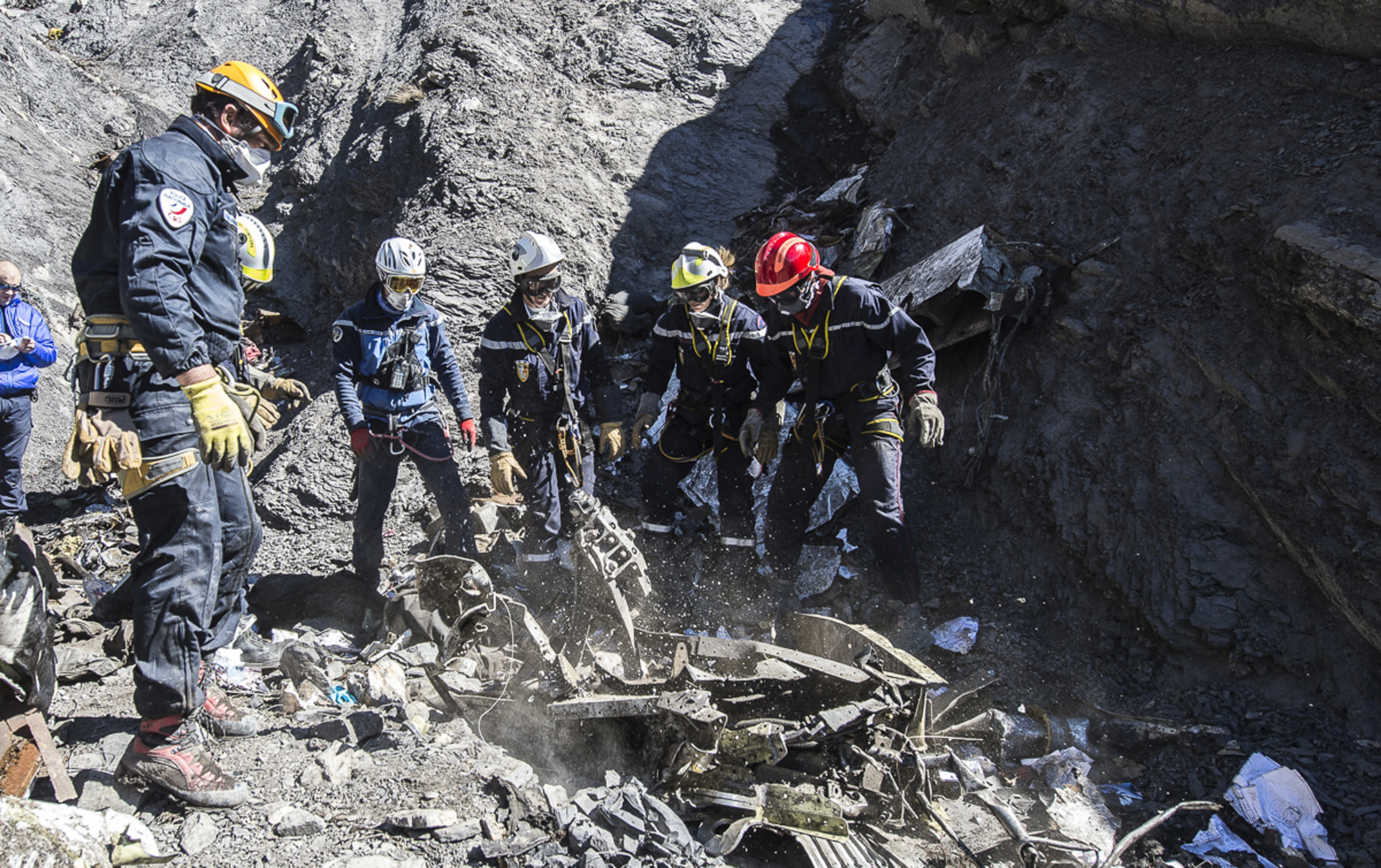Germanwings Crash: What We Know About the Co-Pilot's 'Test' Drops
Andreas Lubitz tried setting an earlier flight to drop to 100 feet.
— -- The investigation into the Germanwings plane crash that left 150 people dead in the French Alps has determined that the co-pilot had tried to dramatically descend on an earlier flight.
Co-pilot Andreas Lubitz is believed to have locked the pilot out of the cockpit in the minutes ahead of the fatal March 24 flight from Barcelona, Spain, to Dusseldorf, Germany, but now a newly released report indicates that he had shown bizarre behavior during the flight immediately prior.
Lubitz had flown as the co-pilot on the first leg of the round-trip flight that same day, and during the Dusseldorf to Barcelona leg, he allegedly tried to do a controlled descent, according to investigators.
Tuesday, March 24, 7:19:59 a.m.
The BEA, the French agency handling the investigation into the crash, determined that during the earlier flight, there were a few minutes when the data recorder noted that the pilot left the cockpit.
7:20:29 a.m.
When the captain left, the plane was flying at 37,000 feet and air traffic control instructed Lubitz to lower the plane's altitude to 35,000 feet.
First Potential Test: 7:20:50 a.m.
Seconds later, the plane's selected altitude had been lowered to only 100 feet and stayed at that selection for three seconds before being changed to the maximum height of 49,000 feet. The plane then stabilized at 35,000 feet.
7:21:10 a.m.
One minute later, air traffic control directed Lubitz to descend to 21,000 feet.
Second Potential Test: 7:22:27 a.m. to 7:24:13 a.m.
Again, Lubitz allegedly set the desired altitude to 100 feet. This time it remained there for nearly two minutes but was "changed several times until it was stabilized."
Captain Returns: 7:24:15 a.m.
Two seconds after it was stabilized, the data recorder noted a buzz at 7:24 a.m. that indicates that the captain wanted to re-enter the cockpit, suggesting that these drops in altitude all occurred while Lubitz was not being directly supervised.
Investigators never explicitly mention that these actions could have been a test for Lubitz, to see what happens when he made the descent settings so low, but the fact that it happened less than two hours before he did something similar on the fatal flight suggests that the idea of going dangerously low was on his mind.

Less than Two Hours Later: The Fatal Flight
The first leg of the flight landed in Barcelona at 7:57 a.m. and the fatal flight from Barcelona to Dusseldorf took off at 9:00 a.m. that morning.
There are still several questions that remain about the two flights, the clearest being the pilot. The report does not directly name the pilot on both flights and it is not clear if it is the same pilot who flew with Lubitz.
If it was the same pilot, Lubitz may have known that he was going to leave the cockpit at some point during the second flight, which would give Lubitz the opportunity to handle the controls.
It is also not clear whether or not the captain knew about the times when Lubitz dropped the settings to 100 feet since the settings had normalized by the time he returned.




